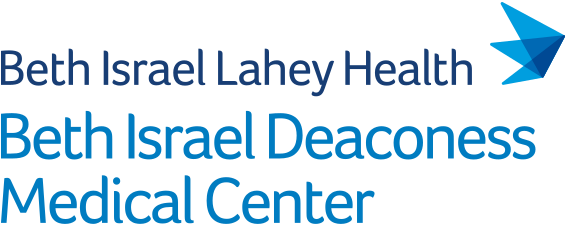BACKGROUND: Oncology providers often lack the confidence to make clinical recommendations about medical cannabis (MC). This study aimed to develop and evaluate the feasibility of implementing an educational curriculum on the use of MC in patient care for oncology trainees.
METHODS: A multidisciplinary team designed an educational curriculum for MC use in oncology. The curriculum was piloted as a 1-hour interactive webinar across 8 United States-based hematology/oncology fellowship programs between 2022 and 2023. Incentivized surveys measuring feasibility outcomes, including cultural attitudes/norms, acceptability, compatibility, and self-efficacy (a composite index of self-confidence in discussing MC efficacy, risks, modes of use, and role in symptom management), were distributed before, immediately after, and 12 weeks post-webinar.
RESULTS: Of 103 trainees, 75 (72.8%) completed the pretraining survey and 66 (64.1%) completed the posttraining survey. Most respondents believed discussions about the role of MC in symptom management were valuable (n=56; 74.7%), though few (14.7%) believed trainees were expected to engage in such discussions. Most participants rated the curriculum as helpful (92.4%), beneficial for oncology trainees (84.8%), and likely to be recommended to colleagues (87.9%). Post-webinar, 78.8% of participants reported an increased likelihood of initiating discussions with patients regarding MC. There were significant improvements in the composite self-confidence index from pre- to post-webinar (2.7% vs 65.2%; P<.001), which persisted in the follow-up surveys (n=36; response rate, 34.9%).
CONCLUSIONS: This multisite study demonstrates the feasibility of implementing a novel curriculum focused on MC for oncology trainees. These findings can guide the design of a prospective, multi-institutional study to evaluate knowledge expansion, retention, and behavioral changes resulting from the intervention.
